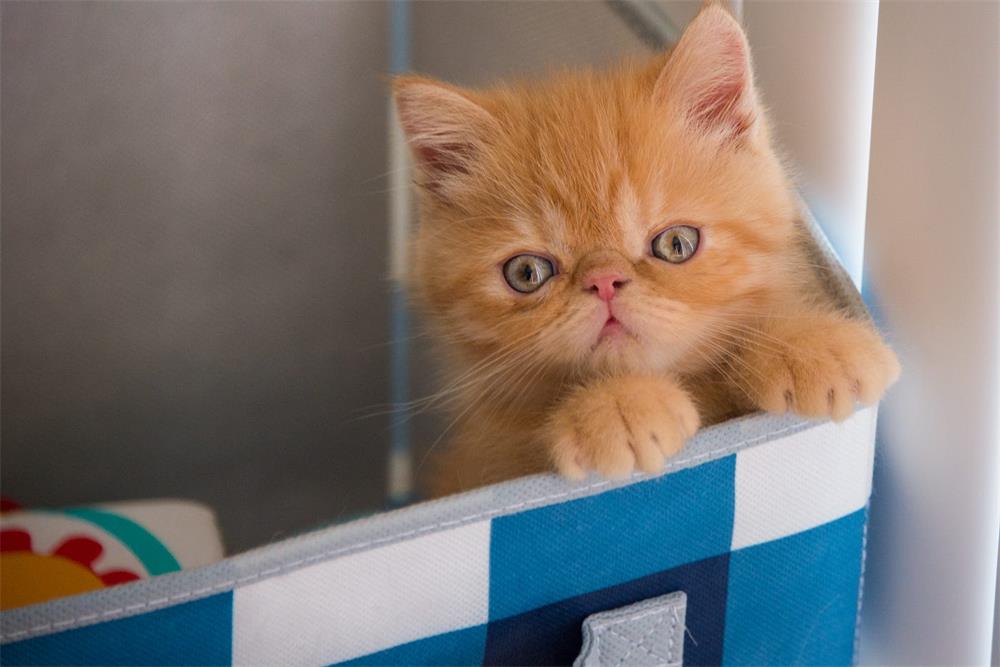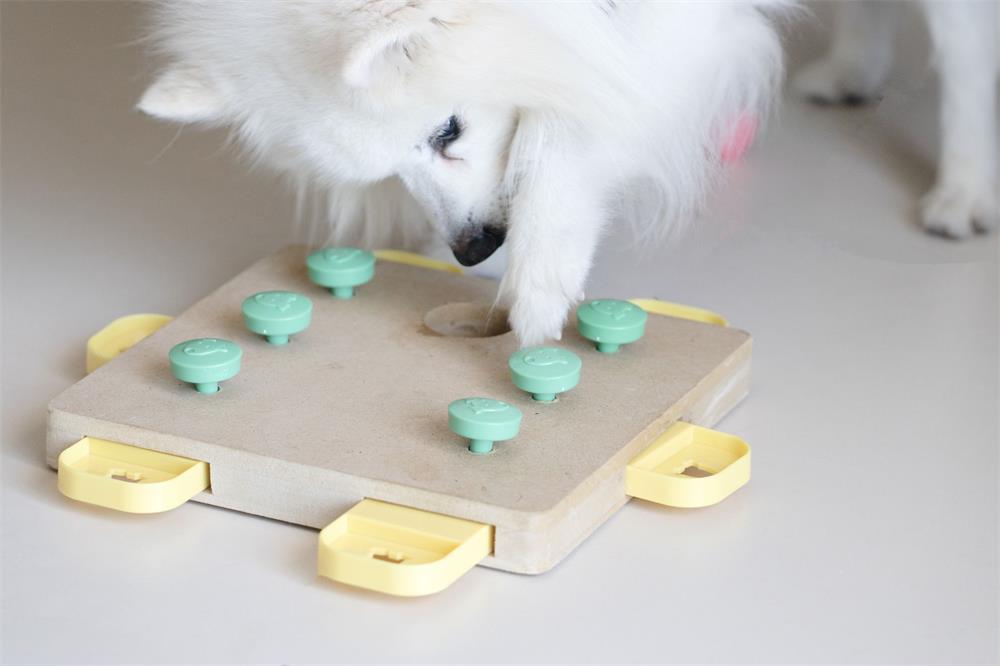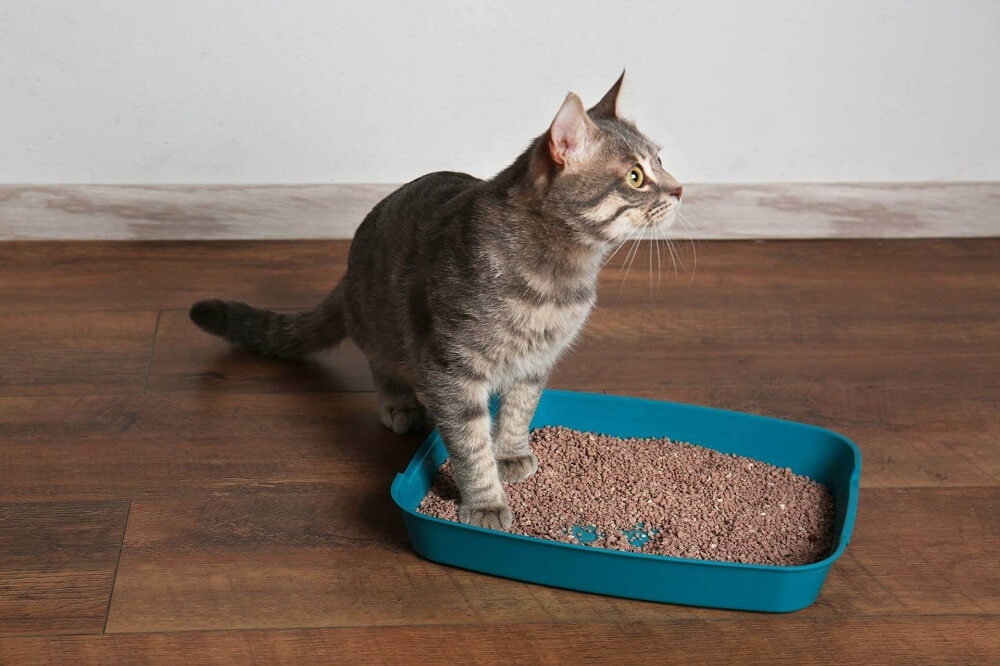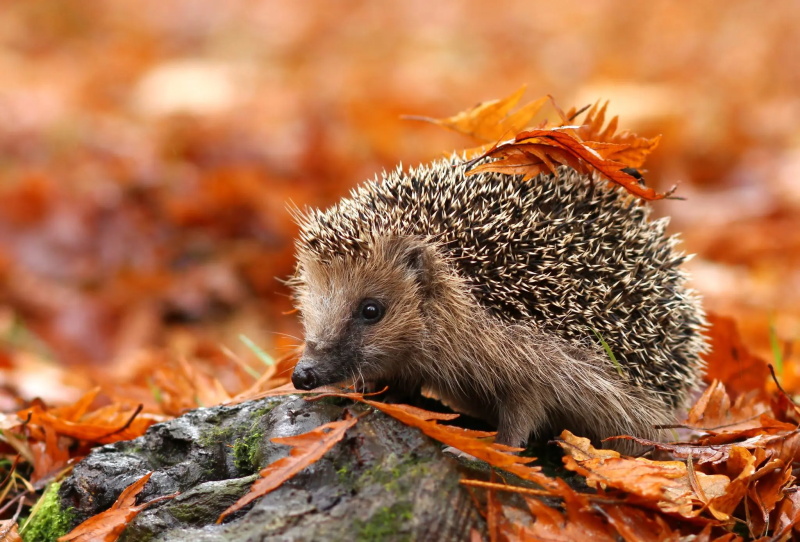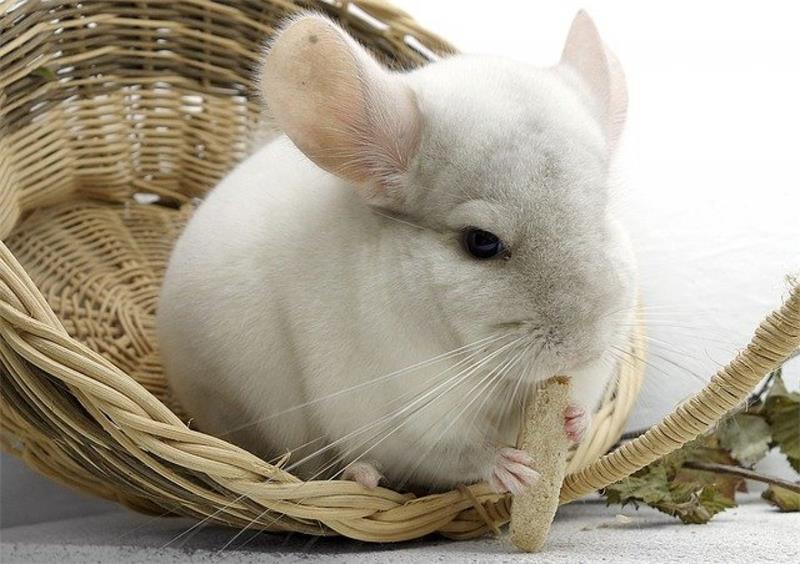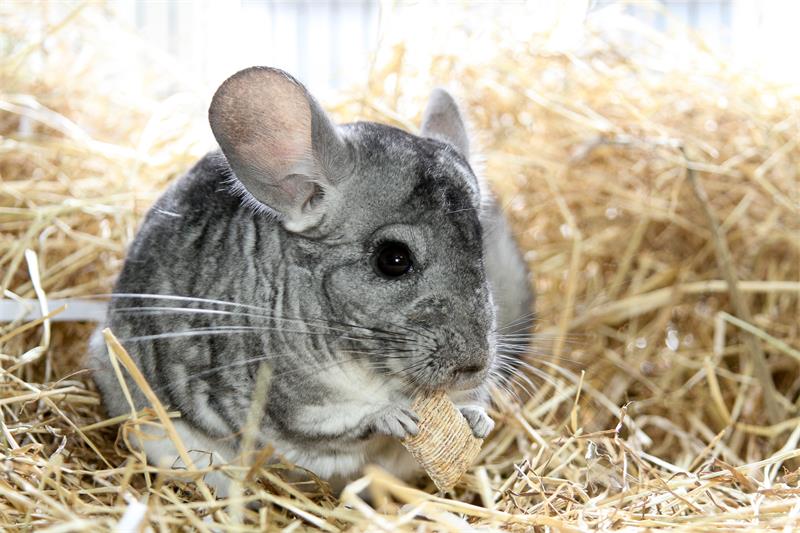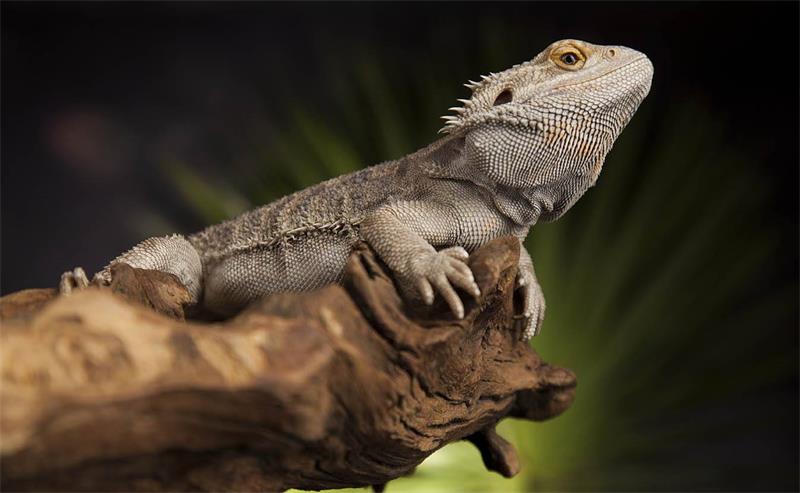
Table of Contents
Bearded dragons are popular pets for many reasons. They are easy to care for, friendly, and have unique personalities. But what if you want to take your bearded dragon with you on a trip? Whether it’s a short drive to the vet or a long vacation across the country, traveling with your bearded dragon can be challenging. You need to consider their health, comfort, and safety, as well as the legal and practical aspects of transporting them.
In this article, we will give you some tips on how to travel with your bearded dragon in a safe and stress-free way. We will cover the following topics:
- Why travel with your bearded dragon?
- How to prepare your bearded dragon for travel
- How to choose a suitable carrier or enclosure
- How to maintain the proper temperature and humidity
- How to provide food and water
- How to handle your bearded dragon during travel
- How to deal with potential problems or emergencies
- How to find pet-friendly accommodations
Why travel with your bearded dragon?
There are many reasons why you might want to travel with your bearded dragon. Some of the most common ones are:
- You are moving to a new home and want to bring your pet with you.
- You are going on a vacation and don’t want to leave your pet behind or in someone else’s care.
- You are visiting a friend or family member who also has a bearded dragon or likes reptiles.
- You are taking your bearded dragon to the vet for a check-up or treatment.
- You are attending a reptile show or expo and want to show off your pet.
Whatever your reason is, traveling with your bearded dragon can be a rewarding experience for both of you. You can bond with your pet, expose them to new environments and stimuli, and share your passion with other people. However, traveling with your bearded dragon also comes with some risks and responsibilities. You need to make sure that your pet is healthy, comfortable, and safe throughout the journey.
How to prepare your bearded dragon for travel
Before you hit the road with your bearded dragon, there are some things you need to do to prepare them for travel. Here are some steps you should take:
- Check your bearded dragon’s health. Make sure that they are not sick, injured, or stressed. If they have any signs of illness or injury, such as lethargy, loss of appetite, weight loss, diarrhea, parasites, infections, or wounds, you should consult your vet before traveling. Also, make sure that they have been dewormed and vaccinated if necessary.
- Check the legal requirements. Depending on where you are going and how you are traveling, there may be some laws or regulations that affect your ability to bring your bearded dragon with you. For example, some states or countries may require a health certificate, a permit, or a quarantine for exotic animals. Some airlines or hotels may have restrictions or fees for pets. Some places may not allow reptiles at all. Do your research beforehand and obtain any necessary documents or permissions.
- Plan your itinerary. Decide how long you will be traveling, where you will be staying, and what activities you will be doing. This will help you determine what supplies and equipment you need to bring for your bearded dragon. Also, try to avoid traveling during extreme weather conditions, such as very hot or cold temperatures, storms, or high humidity.
- Pack your essentials. Make a list of everything you need to bring for your bearded dragon and pack them in a separate bag or container. Some of the items you may need are:
- A carrier or enclosure
- A heat source
- A thermometer and hygrometer
- A substrate
- A hide
- A water dish
- Food and supplements
- A spray bottle
- Paper towels
- A first aid kit
- A leash or harness
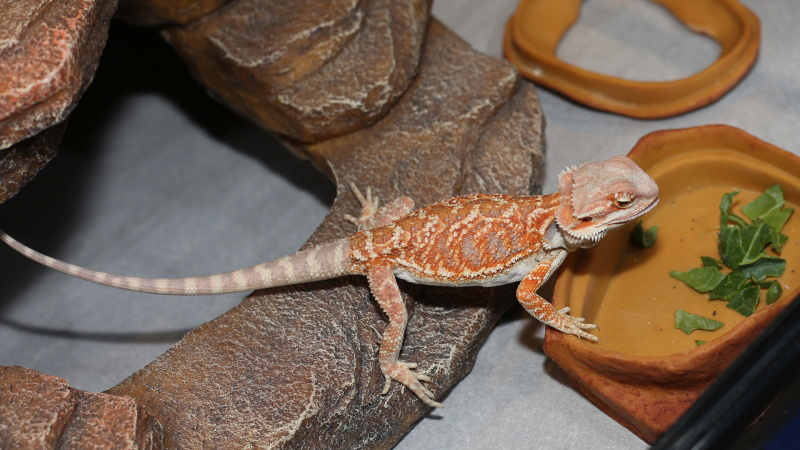
How to choose a suitable carrier or enclosure
One of the most important things you need to consider when traveling with your bearded dragon is how to transport them safely and comfortably. You need to choose a carrier or enclosure that meets the following criteria:
- It is large enough for your bearded dragon to move around and stretch comfortably.
- It is well-ventilated and has holes or mesh on the sides and top.
- It is sturdy and secure and can withstand bumps or shocks.
- It is easy to clean and disinfect.
- It has handles or straps for easy carrying.
Some of the options you can use as a carrier or enclosure are:
- A plastic or metal crate. This is a common and convenient option that you can find in most pet stores or online. You can line the bottom with a substrate such as paper towels, newspaper, or reptile carpet. You can also add a hide and a water dish. Make sure that the crate has enough ventilation and that the door can be locked securely.
- A cardboard box. This is a cheap and easy option that you can use for short trips. You can cut some holes on the sides and top for ventilation and tape the flaps shut. You can also line the bottom with a substrate and add a hide and a water dish. However, this option is not very durable or secure and may get wet or damaged easily.
- A cloth or mesh bag. This is a lightweight and flexible option that you can use for carrying your bearded dragon around your shoulder or neck. You can find some bags that are specially designed for reptiles or use a pillowcase or a drawstring bag. You can also add some padding or a heating pad inside the bag for comfort and warmth. However, this option is not very spacious or stable and may restrict your bearded dragon’s movement or breathing.
- A plastic tub or bin. This is a spacious and sturdy option that you can use for longer trips. You can drill some holes on the sides and top for ventilation and secure the lid with clips or locks. You can also line the bottom with a substrate and add a hide, a water dish, and a heat source. However, this option is not very portable or discreet and may attract unwanted attention.
Whatever option you choose, make sure that you label it clearly with your name, contact information, and a note that says “Live Animal – Handle with Care”. Also, avoid placing anything heavy or sharp on top of or next to the carrier or enclosure.
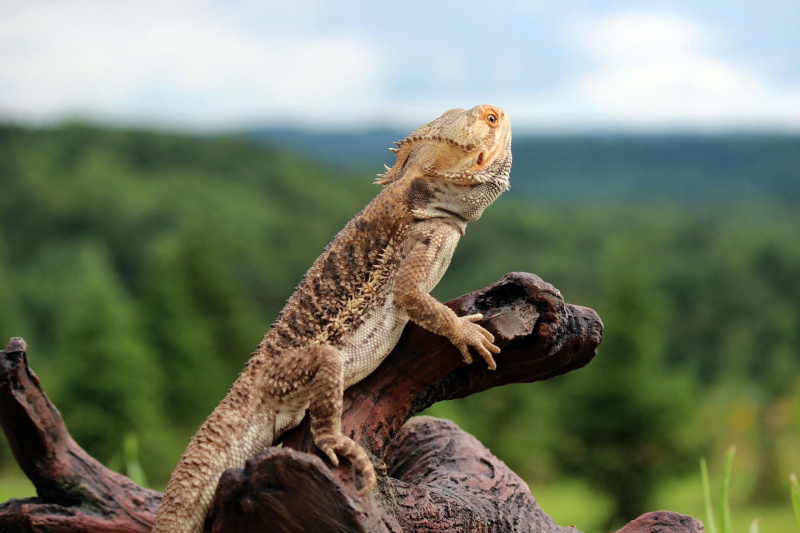
How to maintain the proper temperature and humidity
Bearded dragons are ectothermic animals, which means that they rely on external sources of heat to regulate their body temperature. They need a temperature gradient in their enclosure, with a basking spot of around 95-110°F (35-43°C) and a cooler area of around 75-85°F (24-29°C). They also need a humidity level of around 30-40% in their enclosure.
When traveling with your bearded dragon, you need to monitor and maintain these conditions as much as possible. Here are some tips on how to do that:
- Use a thermometer and hygrometer to measure the temperature and humidity inside the carrier or enclosure. You can find some digital devices that have probes that you can place inside the carrier or enclosure.
- Use a heat source to provide warmth for your bearded dragon. You can use a heating pad, a heat lamp, or a heat pack. Make sure that the heat source is safe and appropriate for your carrier or enclosure. For example, do not use a heat lamp inside a plastic crate or a cardboard box, as it may melt or catch fire. Also, do not place the heat source directly on your bearded dragon’s skin, as it may cause burns.
- Use insulation to retain heat inside the carrier or enclosure. You can use blankets, towels, newspaper, bubble wrap, or styrofoam to wrap around the carrier or enclosure. However, do not cover the ventilation holes completely, as this may cause overheating or suffocation.
- Use ventilation to prevent overheating inside the carrier or enclosure. You can open some windows or turn on some fans in your car or room to create some airflow. However, do not expose your bearded dragon to direct sunlight, drafts, or air conditioning, as this may cause thermal stress or dehydration.
- Use a spray bottle to provide humidity for your bearded dragon. You can mist your bearded dragon lightly once or twice a day to keep them hydrated and prevent shedding problems. However, do not overdo it, as this may cause fungal infections or respiratory issues.
How to provide food and water
Bearded dragons are omnivorous animals, which means that they eat both plant and animal matter. They need a balanced diet of fresh greens, vegetables, fruits, insects, and occasional treats. They also need calcium and vitamin supplements to prevent metabolic bone disease.
When traveling with your bearded dragon, you need to provide them with food and water regularly. Here are some tips on how to do that:
- Bring enough food and water for your bearded dragon for the duration of your trip. You can pack some fresh greens, vegetables, fruits, insects, pellets, canned food, baby food, or freeze-dried food in ziplock bags or containers. You can also bring some calcium and vitamin supplements in powder form.
- Offer food and water to your bearded dragon at least once a day. You can use a shallow dish or a syringe to provide water. You can also offer some moist foods, such as fruits or baby food, to increase hydration. You can use a pair of tweezers or your fingers to offer insects or pellets. You can also sprinkle some calcium and vitamin supplements on the food before feeding.
- Adjust the amount and type of food according to your bearded dragon’s appetite and activity level. You may notice that your bearded dragon eats less or more than usual when traveling. This is normal and depends on various factors, such as stress, temperature, and time of day. You can try to offer different kinds of food to stimulate their appetite. However, do not force-feed your bearded dragon if they are not hungry, as this may cause digestive problems or regurgitation.
- Dispose of any leftover food and water after each feeding. You can use a plastic bag or a trash can to discard any uneaten food or water. This will prevent bacteria growth, mold, or pests from contaminating the carrier or enclosure.
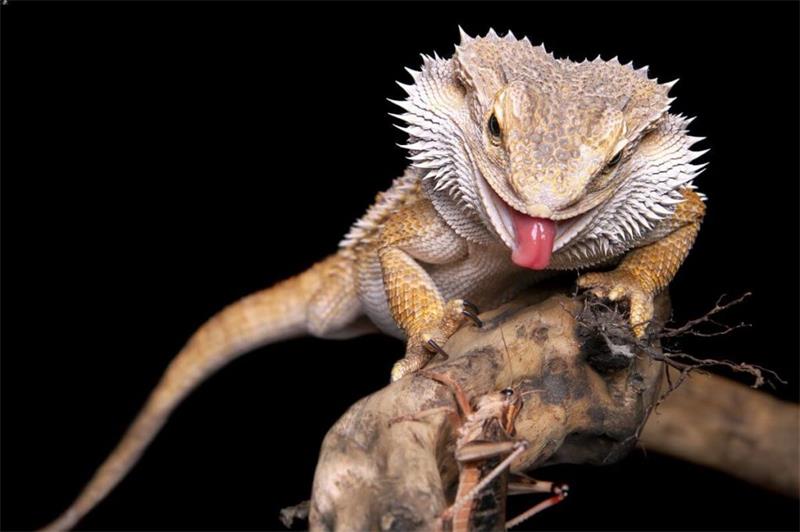
How to handle your bearded dragon during travel
Bearded dragons are social and curious animals, which means that they enjoy being handled and exploring new environments. However, they can also get stressed or scared by sudden movements, loud noises, or unfamiliar situations. Therefore, you need to handle your bearded dragon with care and caution during travel. Here are some tips on how to do that:
- Handle your bearded dragon only when necessary. You should avoid handling your bearded dragon too much or too often when traveling, as this may cause stress or injury. You should only handle your bearded dragon when you need to move them in or out of the carrier or enclosure, check their health, feed them, or clean their waste.
- Handle your bearded dragon gently and securely. You should use both hands to support your bearded dragon’s body and limbs when picking them up or putting them down. You should also hold them close to your chest or lap to prevent them from falling or jumping. You should never grab them by the tail, head, or legs, as this may cause pain or damage.
- Handle your bearded dragon calmly and confidently. You should use a calm and soothing voice to talk to your bearded dragon when handling them. You should also avoid making any sudden movements or noises that may startle them. You should never yell at them, hit them, or throw them, as this may cause fear or aggression.
- Handle your bearded dragon with respect and affection. You should treat your bearded dragon as a living being and a companion, not as a toy or a burden. You should show them some love and attention by petting them gently, scratching their chin, or giving them treats. You should also respect their mood and personality and let them go if they show signs of discomfort or displeasure.
How to deal with potential problems or emergencies
Traveling with your bearded dragon can be fun and rewarding, but it can also pose some challenges and risks. You need to be prepared for any potential problems or emergencies that may arise during your trip. Here are some tips on how to deal with them:
- Have a backup plan. You should always have a backup plan in case something goes wrong with your original plan. For example, if your car breaks down, you should have an alternative mode of transportation. If your hotel cancels your reservation, you should have another place to stay. If your bearded dragon gets sick, you should have a vet’s contact information.
- Have an emergency kit. You should always have an emergency kit with you when traveling with your bearded dragon. The kit should contain some basic items such as:
- A phone with charger
- A flashlight
- A map
- A first aid kit for humans and animals
- Some cash
- Some water and snacks
- Some extra clothes
- Some duct tape
- Some scissors
- Some zip ties
- Have a contingency fund. You should always have some extra money set aside for any unexpected expenses that may occur during your trip. For example, you may need to pay for a vet visit, a car repair, a hotel fee, or a ticket fine.
- Have a positive attitude. You should always try to stay calm and optimistic when facing any difficulties or challenges during your trip. Remember that traveling with your bearded dragon is an adventure and an opportunity to learn and grow together.
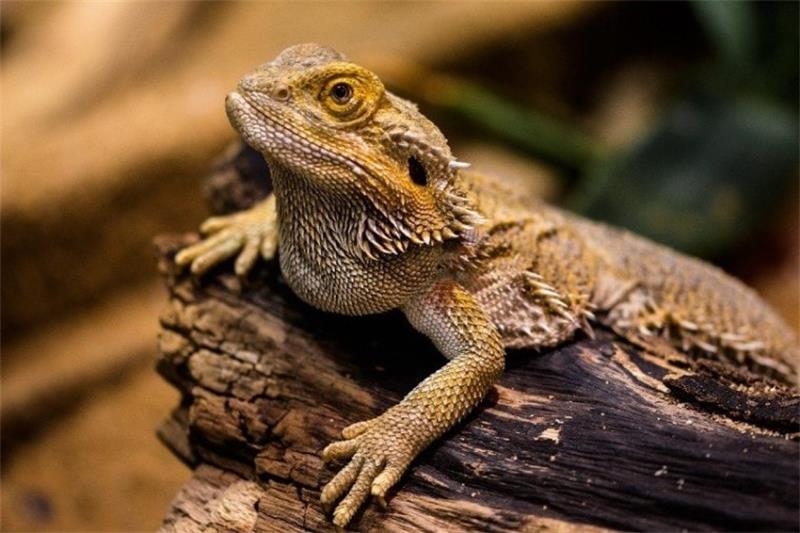
How to find pet-friendly accommodations
One of the biggest challenges of traveling with your bearded dragon is finding a place to stay that allows pets. Not all hotels, motels, campgrounds, or Airbnb hosts are pet-friendly or reptile-friendly. Some may have strict policies or fees for pets. Some may not have the facilities or amenities to accommodate your bearded dragon’s needs. Therefore, you need to do some research and planning before booking your accommodation. Here are some tips on how to find pet-friendly accommodations:
- Use online resources. You can use some websites or apps that specialize in finding pet-friendly accommodations, such as BringFido, PetsWelcome, or PetFriendlyTravel. You can also use some general travel websites or apps that have filters or reviews for pet-friendly accommodations, such as TripAdvisor, Expedia, or Booking.com.
- Call ahead. You should always call the accommodation directly and confirm their pet policy before making a reservation. You should ask them about their fees, restrictions, and requirements for pets. You should also inform them that you have a bearded dragon and ask them if they have any special rules or accommodations for reptiles.
- Be respectful and responsible. You should always follow the rules and regulations of the accommodation regarding pets. You should also keep your bearded dragon in their carrier or enclosure at all times and not let them roam around freely. You should also clean up after your bearded dragon and dispose of any waste properly. You should also avoid disturbing other guests or staff with your bearded dragon’s noise or smell.
Conclusion
Traveling with your bearded dragon can be a fun and rewarding experience for both of you. However, it also requires some preparation and care to ensure your bearded dragon’s health, comfort, and safety. By following the tips in this article, you can make your trip with your bearded dragon a safe and stress-free one.


